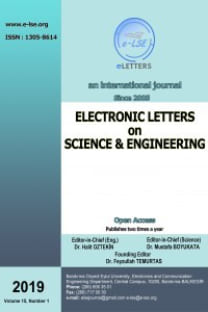INVESTIGATIONS OF THE ROLE OF HYALURONAN ON THE PATHOLOGY OF PULMONARY ARTERY HYPERTENSION IN RAT MODEL
Background: Idiopathic pulmonary arterial hypertension (IPAH) is a progressive disease that leads to deterioration in cardiopulmonary function and premature death from right ventricular failure. The pathogenesis of IPAH is poorly understood. The pathobiologic features of the disease are aberrant cell proliferation, inflammation and vascular remodeling. Extracellular matrices (ECMs) serve an important role in cell proliferation and migration. A major component of most ECMs is the glycosaminoglycan hyaluronan (HA). We hypothesize that abnormalities in HA levels, modification, and fragmentation result in major regulatory switches causing abnormal SMC proliferation, inflammation, and vascular remodeling in IPAH. This work was supported by The Scientific and Technological Research Council of Turkey (TUBITAK) 112S464. Methods: While rats in Group 1 (n=12) were provided to breathe with air (normoxia), rats in Group 2 (n=12) were made PAH by feeding in plexiglass chambers which was filled with %10 O2 for 3,5 weeks after subcutaneously injection 20 mg/kg Sugen-5416. Pulmonary artery pressure (PAP) was recorded with Powerlab device. Lung tissues obtained from PAH and control rats were inflated and embedded in paraffin blocks. The sections were stained with hematoxylin and eosin (H&E) for morphological examination and stained for HA binding protein. Circulation HA was measured by ELISA and HAS gene expressions were examined by Real Time PCR. Results: Pulmonary artery pressures in PAH hypoxia SU-5416 rat model was founded higher compared to controls. [Pulmonary artery pressure (PAP) mmHg, mean±SD PAH 19.03 ± 1.77, control 10.58 ± 0.40 p=0.00012]. According to ELISA results, statistically higher amount of HA was determined in hypoxia SU-5416 rat model animals compared to the controls [HA ng/mL, mean±SD PAH 3.8 ± 0.41, control 1.96 ± 0.31 p
